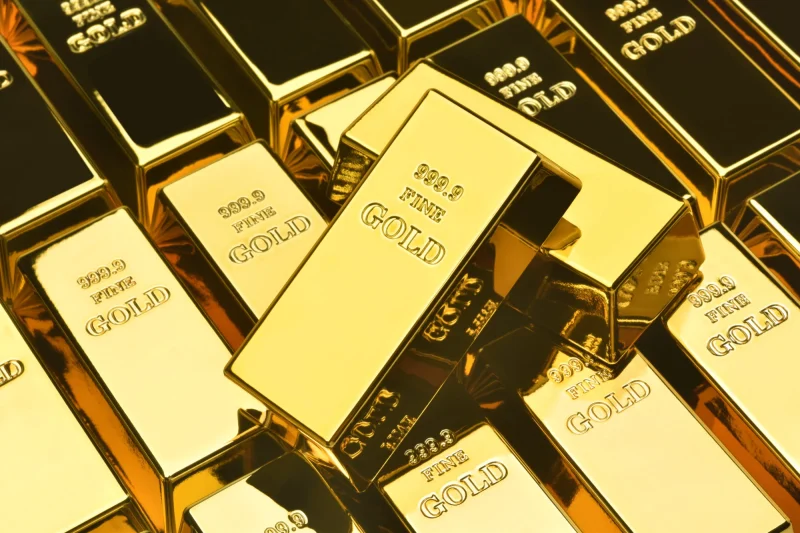Gold prices surged past $4,000 per troy ounce for the first time on Wednesday, marking a roughly 50% increase so far this year. The rally came as investors turned to safe-haven assets amid a weakening U.S. dollar, rising geopolitical tensions, and growing confidence that the Federal Reserve will continue to lower interest rates. Spot gold traded near $4,002, while U.S. futures briefly climbed above $4,020—setting a historic milestone for the precious metal.
Drivers Behind the Record-Breaking Rally
The surge was fueled by a mix of macroeconomic pressures, including a partial U.S. government shutdown disrupting data releases, political turmoil in several countries, and persistent concerns over ballooning fiscal deficits. These factors have strengthened gold’s reputation as a non-yielding store of value while reinforcing market expectations of looser monetary policy—conditions that typically boost demand for bullion.
Gold futures had been inching closer to this level all week, closing at consecutive record highs around $3,950. Momentum finally pushed prices through the psychological $4,000 threshold, a level long watched by traders and analysts alike.
Market Reactions and Ripple Effects
U.S. stock markets reacted cautiously. The S&P 500 and Nasdaq both slipped, ending their week-long winning streaks as investors rotated toward safer assets. Treasury yields also fell, reflecting increased demand for government bonds. Meanwhile, silver and other precious metals rose alongside gold, though their gains remained more modest.
Several key forces have underpinned the rally:
- Central banks have continued buying gold aggressively, providing consistent demand.
- A weaker dollar has reduced the opportunity cost of holding gold.
- Anticipation of another Fed rate cut this year has encouraged systematic buying from macro funds and commodity trading advisors (CTAs).
- The break above $4,000 may attract more inflows from rules-based funds that react to major price milestones.
With this record high, investors are now debating how gold will behave above the $4,000 mark. Analysts suggest that if fiscal challenges, geopolitical strains, and a dovish Fed persist, gold could test even higher levels. However, a stronger dollar or any unexpectedly hawkish policy signals might trigger a quick pullback.
Regardless of short-term swings, this milestone cements gold’s position as the defining macro hedge of the year. The spotlight now turns to gold miners and gold-backed ETFs, which could be next in line to benefit from this historic rally.
